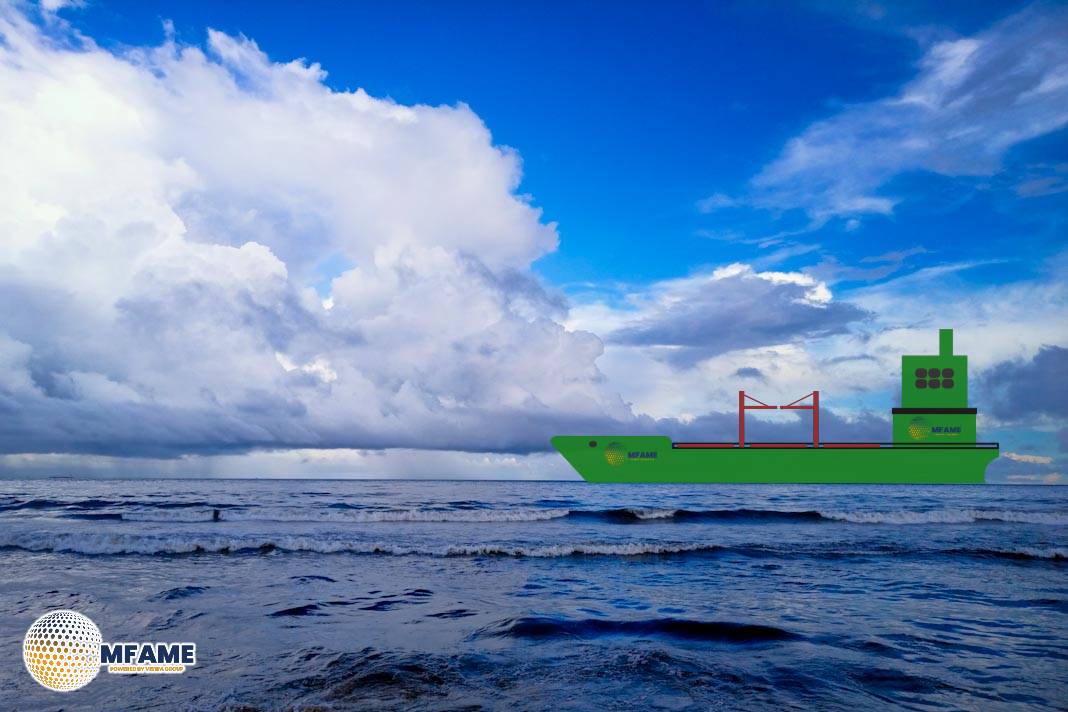SEA-LNG has underscored recent strides in reducing greenhouse gas (GHG) emissions from LNG as a marine fuel, while also highlighting growth in LNG-powered shipping and advances in liquefied biomethane (LBM) deployment.
Over the past six years, SEA-LNG member organizations have driven expansion of the LNG fleet and greater day-to-day use of biomethane in maritime applications. In parallel, energy producers have cut well-to-wake emissions by roughly 25 %, while engine manufacturers have made significant advances to nearly halve emissions linked to methane slip. These improvements represent tangible progress toward eliminating methane slip entirely within the decade.
At the London International Shipping Week, leaders from major classification societies emphasized LNG’s role as a stepping stone toward a cleaner future — particularly via pathways involving bio-LNG and e-methane. However, the industry also cautioned against hastily applied regulations when supporting guidelines remain underdeveloped.
SEA-LNG positions itself as a unique advocate spanning the whole LNG value chain, promoting a methane decarbonisation pathway grounded in proven science and technology neutrality. The organization calls on regulators to remain practical and realistic about what can be achieved over given timeframes.
According to SEA-LNG leadership, the evidence is clear: LNG is already delivering emissions reductions and paving the way toward net-zero through biomethane and e-methane. In support, independent studies — including works by Sphera and Rystad Energy — show a consistent decline in well-to-tank emissions over the past decade. As supply chains evolve and LBM/e-methane scale, these emissions reductions are expected to deepen further.
SEA-LNG also announced that an updated lifecycle study on well-to-wake GHG emissions for LNG as a marine fuel is slated for publication in Q2 2026.
Did you subscribe to our daily Newsletter?
It’s Free — Click here to Subscribe!
Source: SEA-LNG

















